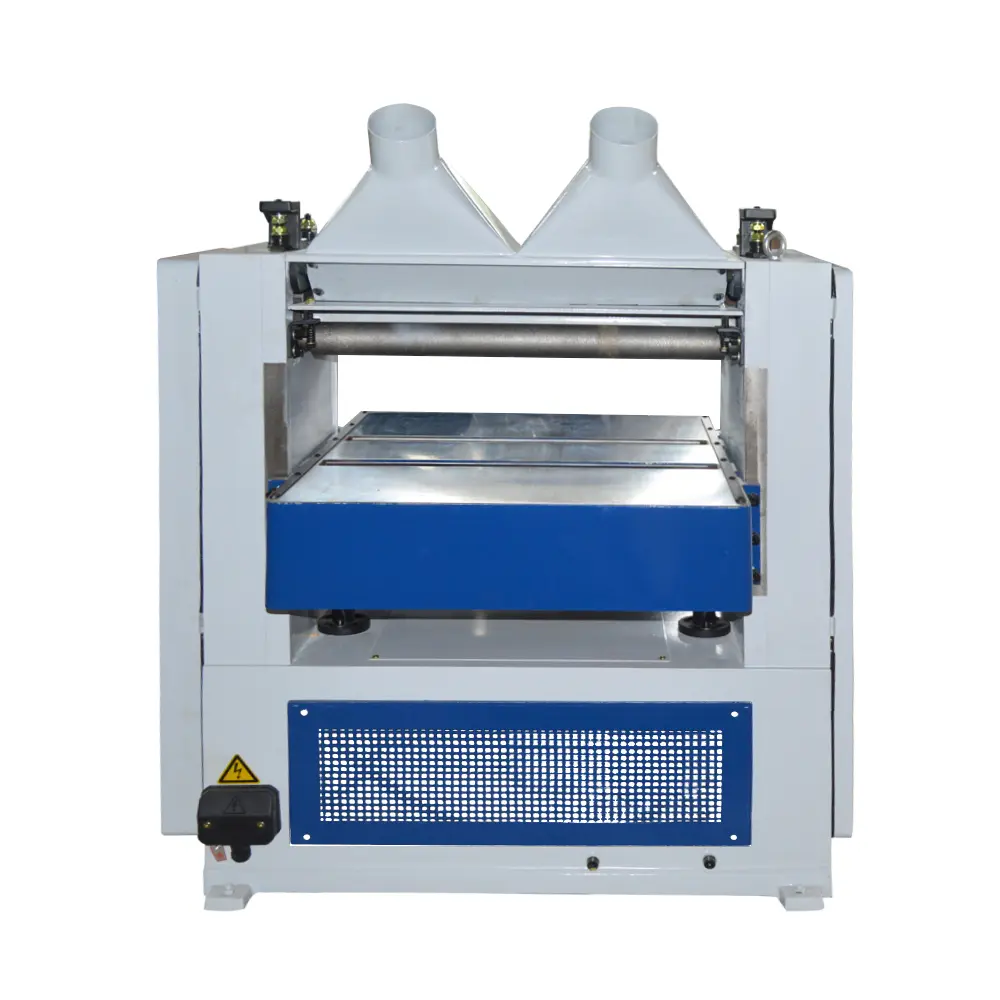Woodworking enthusiasts and professionals often face the dilemma of choosing between a planer and a jointer when preparing wood. Both tools are essential for achieving a smooth, flat surface, but they serve different purposes. One significant difference between the two is the width of their cutting capabilities. Planers are generally wider than jointers, a feature that plays a vital role in their respective functions.
To understand why a planer is wider than a jointer, it’s important to delve into the specific role of each tool in the woodworking process. The seaming machine is mainly used to flatten one side of the board and straighten one edge of the board. They are good at creating a flat reference surface, which is crucial for subsequent milling operations. Planers, on the other hand, are designed to produce a consistent thickness throughout the length of the board and smooth out any imperfections in the surface.
The difference in width between planers and jointers is rooted in their different functions. Planers are wider because they are designed to process wider boards and ensure an even thickness across the entire width. This is especially important when working with large panels or wide boards, as it allows for efficient and precise milling of the entire surface. In contrast, jointing machines cut narrower widths because their main purpose is to flatten and straighten the edges of the board rather than processing the entire width.
Another factor influencing the wider design of planers is the need for stability and accuracy when processing wider boards. The wider cutting width allows the planer to maintain consistent thickness and smoothness across the entire surface, minimizing the risk of unevenness or defects. This is especially important when working with wide boards, as any inconsistency in thickness or surface quality can significantly affect the overall appearance and structural integrity of the final product.
Additionally, the planer’s wider design also enhances its versatility and efficiency in processing a variety of woods. Whether working with hardwood, softwood, or composite materials, the planer’s broader cutting capabilities allow woodworkers to work with a variety of materials with ease. This flexibility is essential to meet different project requirements and achieve consistent results on different wood species.
In addition to wider cutting capabilities, the planer also has features such as adjustable depth settings and multiple cutting blades, further enhancing its ability to achieve precise and even thicknesses. These capabilities, combined with a wider design, make planers indispensable for tasks that require high precision and surface quality, such as producing smooth, dimensionally accurate boards for furniture, cabinets, and other woodworking projects.
It’s worth noting that while a planer is wider than a jointer, the two tools are complementary and are often used in combination to achieve the desired results. The jointer’s ability to create flat reference surfaces and straight edges is crucial in the initial stages of preparing the wood, while the planer’s wider cutting capabilities ensure consistent thickness and smoothness across the entire width of the board.
In summary, the wider design of planers compared to jointers is a result of their specific functionality and the need to accommodate wider boards while maintaining accuracy and uniformity. Woodworkers rely on planers to achieve consistent thickness and smooth surfaces across the entire width of the board, making them an essential tool for a variety of woodworking projects. Understanding the differences between planers and jointers, including their cutting widths, is crucial to choosing the right tool and getting professional-quality results on your woodworking jobs.
Post time: Apr-15-2024

